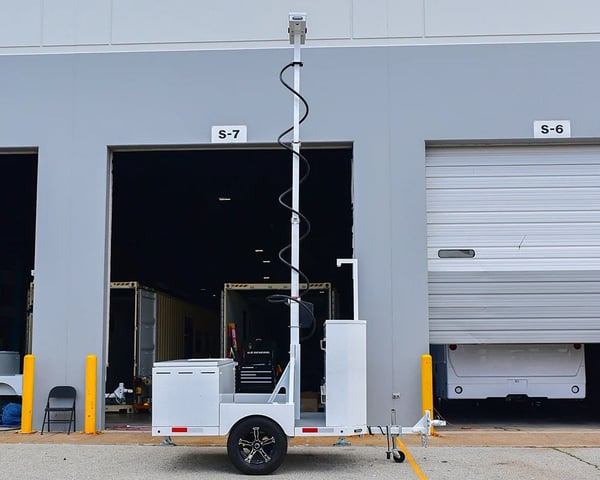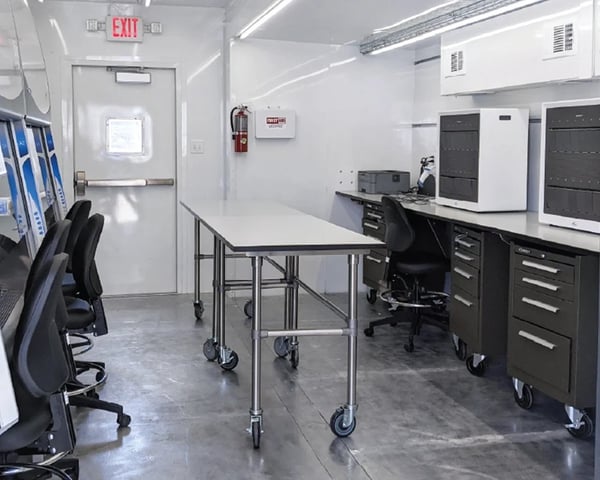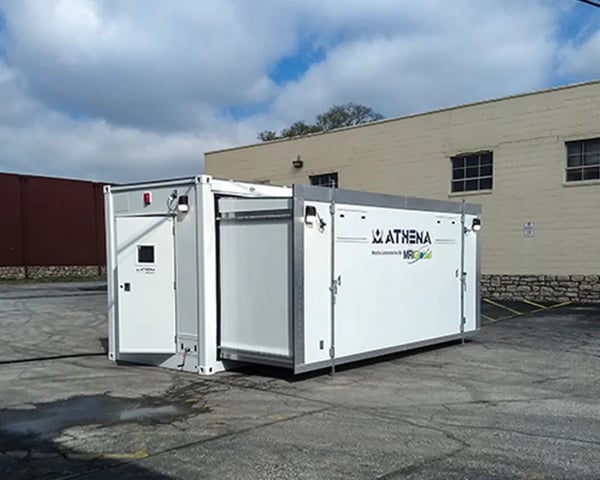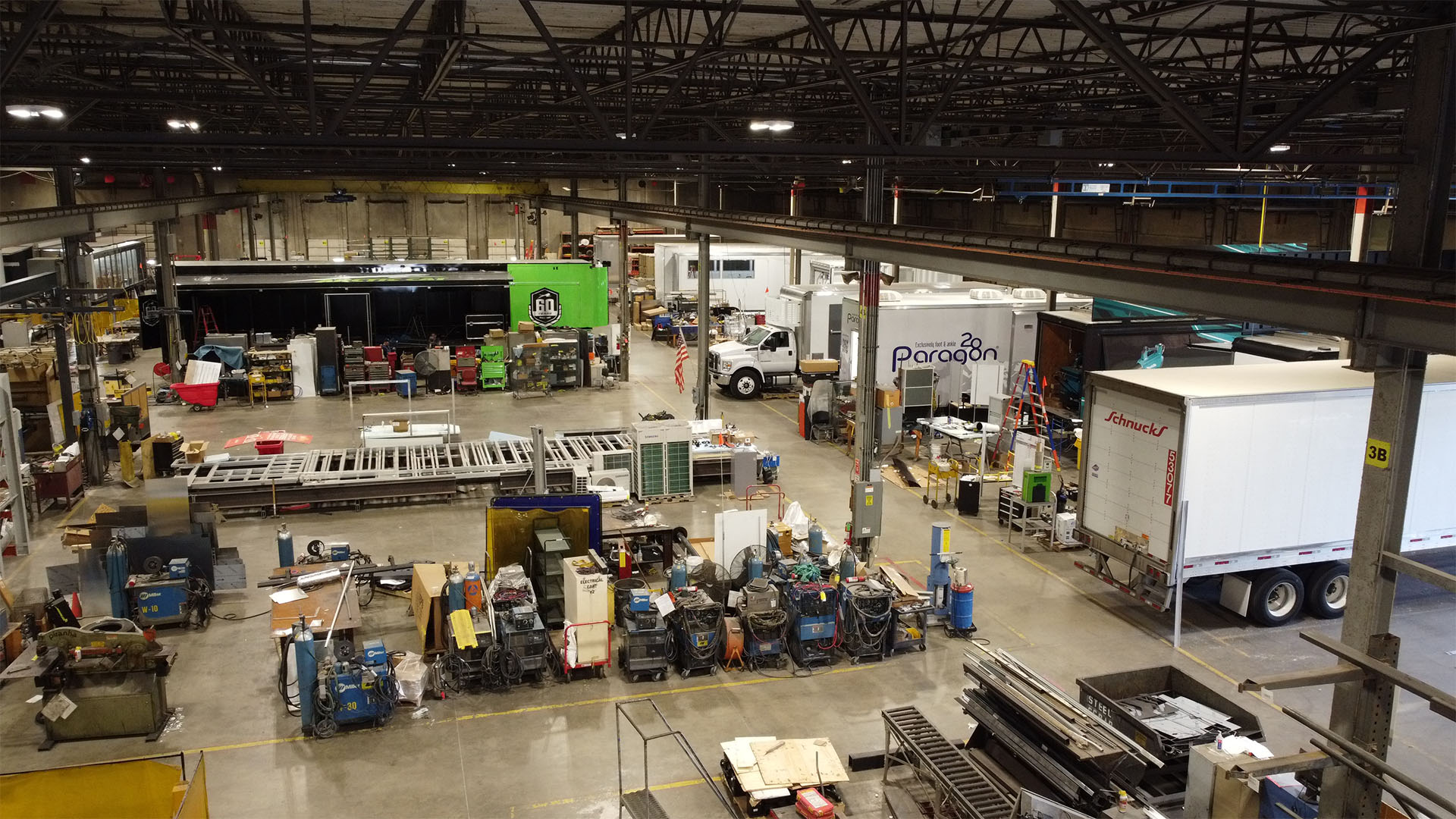Is Rapid Prototyping Used in the Fabrication of Mobile Command Centers?
In terms of emergency response, every second counts. During times like natural disasters and rescue operations, command centers have a crucial role...
4 min read
Craftsmen Industries Dec 25, 2023 9:27:00 AM

Prototyping is widely considered a step toward manufacturing excellence, bridging the gap between concept and reality. This is why many admit that the importance of prototyping in industrial fabrication cannot be overstated.
So, why prototyping is such an important process in the industry? This article will explore the role of prototyping in the industry, showcase its advantages, and look into the different types of prototyping available.

Source: craftsmenind.com
Prototyping plays a central role in the development phase of any product. It allows us to visualize and test our ideas in a tangible form. We see prototyping as much more than merely presenting a product in the physical form.
Simply put, this process brings a product to life and allows us to test the concept in the real world. To demonstrate the essence of prototyping through words, first, we will define this concept and then explore how it relates to design and manufacturing.
A prototype is a draft version that allows you to explore the features and characteristics of a product. Those trying to understand why prototyping is such an important process for industrial fabrication companies should know that this process is essential for development for several reasons.
We can identify and resolve potential product issues early on by building prototypes. This allows us to cut down on spending and save valuable time and resources in the long run. Overall, prototyping is central to quality control, allowing us to meet and exceed customer needs.
Prototyping offers a hands-on approach to fine-tuning design elements and helps ensure a better overall performance. We see this process as a critical step in product evolution as it allows you to make necessary adjustments. So, here are some common benefits of building prototypes:
Identifying and improving potential flaws in design is made possible with prototyping. This is arguably the most well-known benefit of this process.
Various methods offer insight into the final product’s performance. Some common ones include 3D printing and CNC machining. 3D printing is the easiest and fastest way to produce a prototype.
3D printing is a standard in rapid prototyping. It uses computer-aided design to produce three-dimensional objects, which are later subject to testing. Moreover, CNC machining is best known for precision prototyping, creating prototypes similar to the final product.
Beyond design refinement, prototyping is critical in testing performance and ensuring product quality. It allows for real-world testing that helps ensure that the product looks good and functions properly. Being able to witness the product in real life offers a chance for your developers to see how the materials of a product look and interact with one another.
Also, developing a prototype is especially important for products that withstand harsh conditions. And testing a prototype against environmental factors can help evaluate the product’s endurance.
In the realm of industrial fabrication, adhering to regulatory standards and ensuring proper safety is essential. Prototyping directly assists in ensuring a product meets relevant industry regulations and safety standards.
A potential issue may go unnoticed without prototype testing, leaving your customers at risk. Hence, delivering a faulty product damages the company’s reputation and may result in a lawsuit at your doorstep.
Initially, the product is only a generalized idea that requires further design development. Often, prototyping is used as a tool to reduce the length of the design phase and cut costs. Generating a few prototype samples helps better understand the product’s performance and make necessary adjustments.
Altogether, prototyping can help save both time and money. Perfecting the product lowers the risk of potential legal or financial ramifications in the future.
Prototypes make a crucial component in user testing. They can give your design team insight into how users perceive the product and help identify potential benefits or downsides the development team might have missed.
With prototypes, you can present the product to stakeholders and gather input. This is a chance for valuable feedback as developers can later customize and improve the product based on specific needs and preferences.

Source: craftsmenind.com
Awareness of the different types of prototyping is crucial in understanding how prototyping helps in industrial fabrication. Unlike in the past, when prototype models were made by hand, today, advanced technology works for us.
There are several methods used in prototyping, and each brings unique benefits to the product development process. They are the following ones:
In interactive prototyping, you can create a prototype subjected to usability and functionality tests. When problems are identified, a new advanced prototype is generated. If any issues or mistakes are visible in the second version, a third one is constructed, and so on.
This type of prototyping is considered a practical method as it helps quickly identify potential problems in your design. Its biggest downside is that it can be costly when multiple iterations are needed. One way to cut costs with iterative prototyping is to opt for evolutionary prototyping, a version of the former.
In evolutionary prototyping, the initial iteration is not thrown away. It is gradually refined when possible improvements are identified.
As the name implies, parallel prototyping relies on conjuring several different prototype versions and stacking them up against each other. This creative method may help you find the best version of a certain product. However, it usually comes with heavier expenses.
So, you may engage in competitive prototyping, a sub-version of parallel prototyping designed for larger projects with a significant risk factor. You can entrust other design teams with the task of creating concepts on their own, which are then contrasted.
Rapid prototyping is a more contemporary method compared to the ones explained earlier. It involves innovative technologies such as 3D printing and CAD technologies. It revolves around using computer technology to produce newly printed mockups, which later undergo usability and functionality testing.
Rapid prototyping can significantly shorten the development cycle. Unlike other prototyping types, which may last several days, with rapid prototyping, product iterations are produced within a single day.

Source: craftsmenind.com
The journey from idea to form and the final product is complex and intricate. Prototyping plays a crucial role in this process and helps transform concepts into reality by creating tangible products.
Prototype samples are then subject to usability and functionality tests. This offers insight into how the initial product can be improved and adjusted before manufacturing begins.
As said, the importance of prototyping in industrial fabrication cannot be overstated. It may help you meet and exceed client needs while maintaining high quality and functionality standards. Overall, prototyping helps streamline product development and enhances the outcome in market readiness.

In terms of emergency response, every second counts. During times like natural disasters and rescue operations, command centers have a crucial role...

Industrial fabrication has profoundly impacted society, enabling products to be produced on a massive scale and driving technological innovation....

As a manufacturing craft, industrial fabrication plays a crucial role in the modern economy. It refers to transforming raw materials into finished...